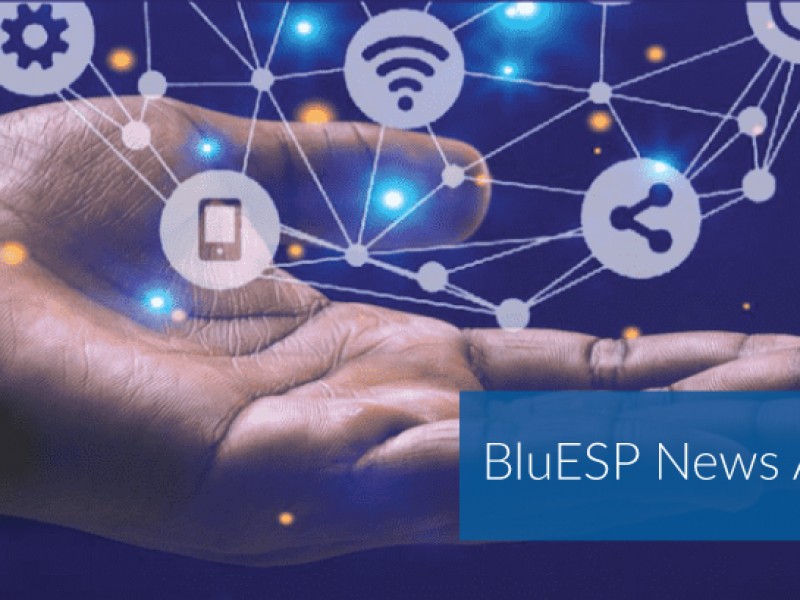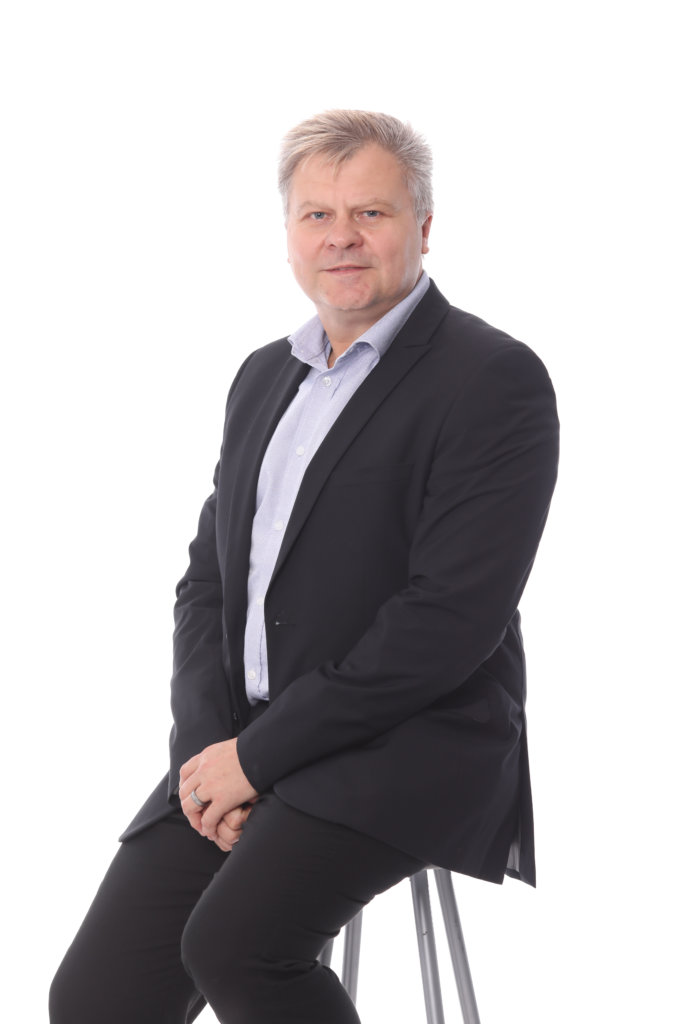Blog
A taste of the new Digital Reality

On 22 October, 4Sight hosted a digital conference, Converge Summit 2020, to highlight the convergence of operational technologies (OT), IT and the business environment (BE) worlds. This convergence is the essential precondition for becoming an Enterprise 5.0 business, able to leverage the technologies of the Fourth Industrial Revolution effectively through people and data-focused solutions.

On an experiential level, virtualisation of our conference showed the extent of how we have adapted to using digital platforms to facilitate what used to take place in the real world. Some statistics make the point vividly: more than 1 000 people from 40 countries registered with almost 70% actually signing in – a phenomenal conversion rate. A large number of participating companies (550-plus) indicated that a strong ecosystem to support digital transformation already exists.
These figures indicate how practical it is to attend such an event digitally rather than having to travel to it, but also how interested people are in this topic. We all know that technology is going to be crucial to success going forward, but the nuts and bolts of how to do it are what is concerning CIOs, CTOs, CDOs and the C-suite generally.
The design of the platform was crucial. It provided the same possibilities for networking and interacting that a physical event does, and the social and networking possibilities were enthusiastically embraced by delegates—the old human ways of doing things remain viable and are infinitely adaptable. I imagine that this kind of human-centric digital interaction will become more sophisticated and will ultimately develop in ways we cannot now foresee.
What were people looking for?
In our new digital world, as we all recognise, data is the essential oil that makes everything happen. A digital conference like this generates volumes of highly useful data that show exactly what delegates were most interested in.
The most downloaded brochure on the platform related to Microsoft’s Data and Infrastructure Solution Assessments. Clients are passionately interested in understanding their data and technology landscapes, and where their digital transformation journey should begin.
In essence, this indicates that the case for digital transformation is made – what concerns organisations is how to construct the correct road map for the journey. This was supported by a survey of delegates which showed that digital transformation is a major priority (58%) with 15% saying they had already achieved full digital transformation. No delegates indicated it was not a priority.
Connected to this focus on the road map for digital transformation, huge interest was shown in the humanoid bot developed in partnership between 4Sight with BidvestALICE. The bot continuously assesses the data and technology landscape as the journey progresses so that the digital transformation strategy can be adjusted dynamically as necessary. The bot obviates the need to perform time-consuming new assessments as each stage of the journey is passed; the bot uses intelligent automation and cognitive abilities to perform something that takes a human team two weeks to do in 17 seconds! This allows people to focus on the strategic implementation of identified initiatives from the assessments. We will be launching this bot soon, where some of the functionality has already been rolled out.
The interest shown in this humanoid bot was echoed in a delegate survey which identified robotic process automation as the most wanted topic for a future event by almost half (45%) the attendees. Hard on its heels was cybersecurity (42%), followed by data integration and analytics (38%), people-focused solutions (35%) and hybrid cloud and cloud migration (27%).
In other words, organisations are already looking beyond the basics like cloud migration.
A lack of skilled resources emerged as the biggest barrier to implementing new digital transformation initiatives (35%), closely followed by budgets (33%) and a lack of leadership buy-in (29%). Skills are a perennial issue in technology, especially at the cutting edge, and this surely highlights the key role that the channel has to play in facilitating digital transformation. It also validates 4Sight’s approach of upskilling and cross skilling of our customer’s staff as part of a digital transformation project.
Another hugely significant finding was that OT was judged to be the most interesting breakaway stream. OT has traditionally been the preserve of engineers, and this finding indicates that these barriers are falling as the two systems converge to create the Enterprise 5.0 business.
Another important category of data is the granular understanding of who visited which sessions and booths, who interacted with whom and so on. All of this means that we and our partners can direct follow-on actions appropriately, thus enhancing the benefits of attending the event for delegates. And because the digital platform will remain live for several months, the event will live on, allowing people to do all the things they couldn’t do on the day—we’re also seeing delegates using the platform to provide briefings to their colleagues on particular sessions.
In conclusion, 4Sight Converge 2020 provided not only a chance to experience a digital business environment, but also to understand better exactly where organisations are currently focusing. One thing is clear, digital transformation has definitively moved beyond strategic intent and the top concern is how to make it happen.
